Author: Mike Neville
Released for commercial use by New Zealand Hops in 1997, Riwaka is a quintessential Kiwi hop known for its high oil content that imparts pungent citrus notes when used at higher rates in hoppier styles. However, given it’s the progeny of Saaz, it can also be used as a replacement for spicier noble-like varieties in more delicate beers.
 Alpha: 4.5 – 6.5%
Alpha: 4.5 – 6.5%
Beta: 4.0 – 5.0%
Cohumulone: 34 – 38% of alpha acids
Total Oil: 1.2 – 1.7 mL / 100g
Myrcene: 65 – 70%
Humulene: 8 – 10%
Caryophyllene: 2 – 6%
Farnesene: 1%
Linalool: unknown
Geraniol: unknown
ß-Pinene: unknown
Parentage: Cross of “Old Line” Saaz with specially developed New Zealand breeding selections
Having had positive experiences with other “down under” hops, I recently bought some Riwaka and was excited to see what tasters thought of a Pale Ale brewed solely with it.
| MAKING THE BEER |
I went with our standard Hop Chronicles Pale Ale recipe for this batch, making small adjustments to the kettle hop additions to keep the bitterness in check.
Riwaka Pale Ale
Recipe Details
| Batch Size | Boil Time | IBU | SRM | Est. OG | Est. FG | ABV |
|---|---|---|---|---|---|---|
| 5.5 gal | 60 min | 41.3 | 6.2 SRM | 1.056 | 1.008 | 6.3 % |
| Actuals | 1.056 | 1.008 | 6.3 % | |||
Fermentables
| Name | Amount | % |
|---|---|---|
| Pale Ale Malt 2-Row | 10 lbs | 83.33 |
| Vienna Malt | 2 lbs | 16.67 |
Hops
| Name | Amount | Time | Use | Form | Alpha % |
|---|---|---|---|---|---|
| Riwaka | 17 g | 60 min | Boil | Pellet | 6.3 |
| Riwaka | 28 g | 30 min | Boil | Pellet | 6.3 |
| Riwaka | 28 g | 15 min | Boil | Pellet | 6.3 |
| Riwaka | 57 g | 2 min | Boil | Pellet | 6.3 |
| Riwaka | 57 g | 4 days | Dry Hop | Pellet | 6.3 |
Yeast
| Name | Lab | Attenuation | Temperature |
|---|---|---|---|
| Flagship (A07) | Imperial Yeast | 77% | 32°F - 32°F |
Notes
| Water Profile: Ca 125 | Mg 20 | Na 8 | SO4 310 | Cl 56 |
Download
| Download this recipe's BeerXML file |
I started off my brew day by collecting the full volume of water in my kettle then adjusting it to my desired profile.
As the water was heating up, I weighed out and milled the grain.
When the water was properly heated, I incorporated the grains and set the controller to maintain my desired mash temperature of 152°F/67°C before preparing the kettle hop additions.
Once the 60 minute mash rest was complete, I removed the grains and proceeded to boil the wort, adding hops at the times stated in the recipe.
When the boil was complete, I quickly chilled the wort then transferred it to a sanitized fermenter before checking to ensure it was at my target OG.
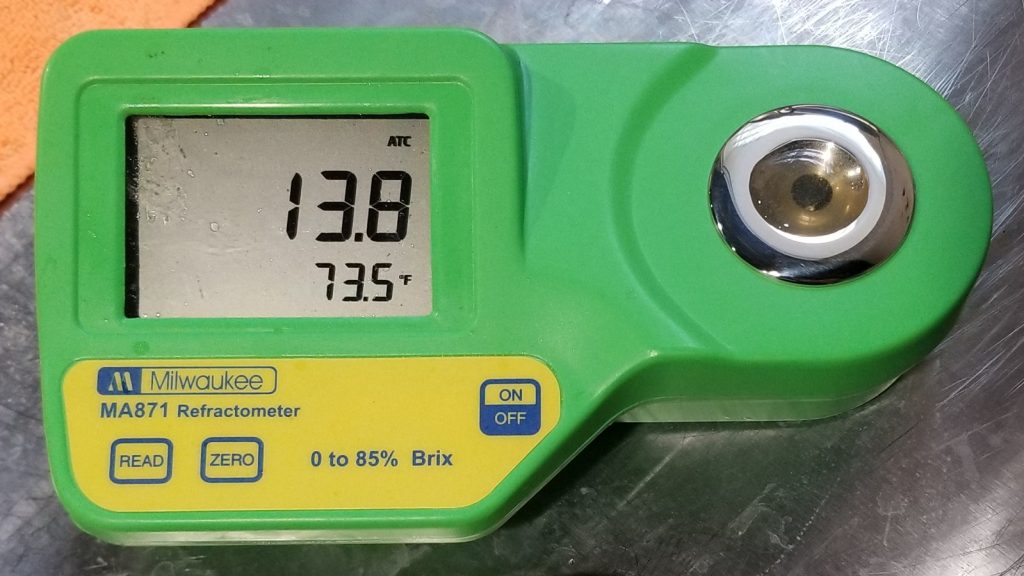
Next, I direct pitched a single pouch of Imperial Yeast A07 Flagship into the wort.
The beer was left to ferment at 68°F/20°C for 9 days before I took a hydrometer measurement confirming FG was reached.
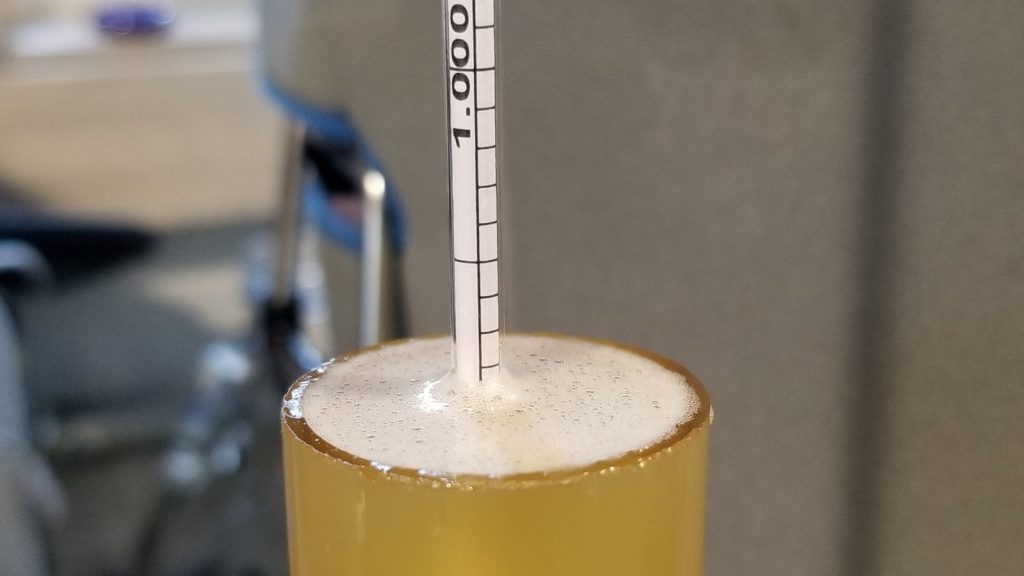
With fermentation complete, I transferred the beer to a CO2 purged keg.
The filled keg was placed in my keezer and burst carbonated overnight before I reduced the gas to serving pressure. After a couple weeks of conditioning, I began serving it to blind tasters.
| METHOD |
Participants were instructed to focus only on the aromatic qualities of the beer before evaluating the flavor. For each aroma and flavor descriptor, tasters were asked to write-in the perceived strength of that particular characteristic on a 0-9 scale where a rating of 0 meant they did not perceive the character at all and a 9 rating meant the character was extremely strong. Once the data was collected, the average rating of each aroma and flavor descriptor was compiled and analyzed.
| RESULTS |
A total of 26 people participated in the evaluation of this beer, all blind to the hop variety used until after they completed the survey. The average aroma and flavor ratings for each descriptor were plotted on a radar graph.
Average Ratings of Aroma and Flavor Perceptions
The 3 characteristics endorsed as being most prominent by participants:
| Aroma | Flavor |
| Citrus | Citrus |
| Tropical Fruit | Tropical Fruit |
| Pine | Pine |
The 3 characteristics endorsed as being least prominent by participants:
| Aroma | Flavor |
| Onion/Garlic | Onion/Garlic |
| Berry | Apple/Pear |
| Apple/Pear | Berry |
We then asked tasters to rate the pungency/strength of the hop.
Nest, tasters were instructed to identify beer styles they thought the hop would work well in.
Finally, participants were asked to rate how much they enjoyed the hop character on a 1 to 10 scale.
My Impressions: The perceived fairly strong grapefruit and lemon notes in the aroma of this beer, both of which came through even stronger in the flavor where I also picked up some pithiness. Overall, I was happy with the outcome of this single-hop Riwaka Pale Ale!
| CONCLUSION |
As one of first New Zealand hop varieties to make a splash, Riwaka deservedly holds a place in the hearts of brewers the world over and is lauded as much for its high oil content as it is its balanced ratio of alpha and beta acids. Corroborating existing descriptions, tasters of a Pale Ale hopped entirely with Riwaka noted citrus as being the most prominent aroma and flavor characteristic, with tropical fruit and pine trailing closely behind.
With its moderate to strong pungency and notably low levels of undesirable characteristics including onion/garlic, it’s unsurprising a majority of tasters felt Riwaka would work especially well in hoppy IPA and Pale Ale. Given its parentage, it’s possible this variety would work equally as well in less hoppy styles when used in smaller amounts.
Personally, I was very pleased with how this single-hop Riwaka Pale Ale turned out and had no issues blowing through the keg. As much as I enjoyed the pungent citrus character in this beer, I look forward to using Riwaka in conjunction with other varieties in future batches of IPA. This is definitely a hop I plan to keep around!
Riwaka hops are available now at Yakima Valley Hops, get some while you can! If you have any thoughts on this variety, please feel free to share them in the comments section below.
Support Brülosophy In Style!
All designs are available in various colors and sizes on Amazon!
Follow Brülosophy on:
FACEBOOK | TWITTER | INSTAGRAM
If you enjoy this stuff and feel compelled to support Brulosophy.com, please check out the Support page for details on how you can very easily do so. Thanks!


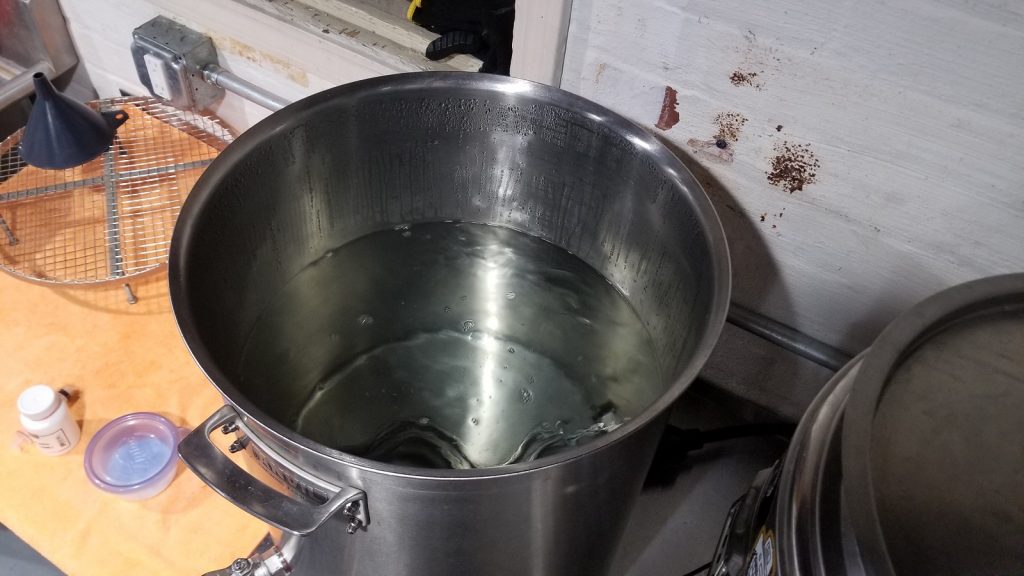
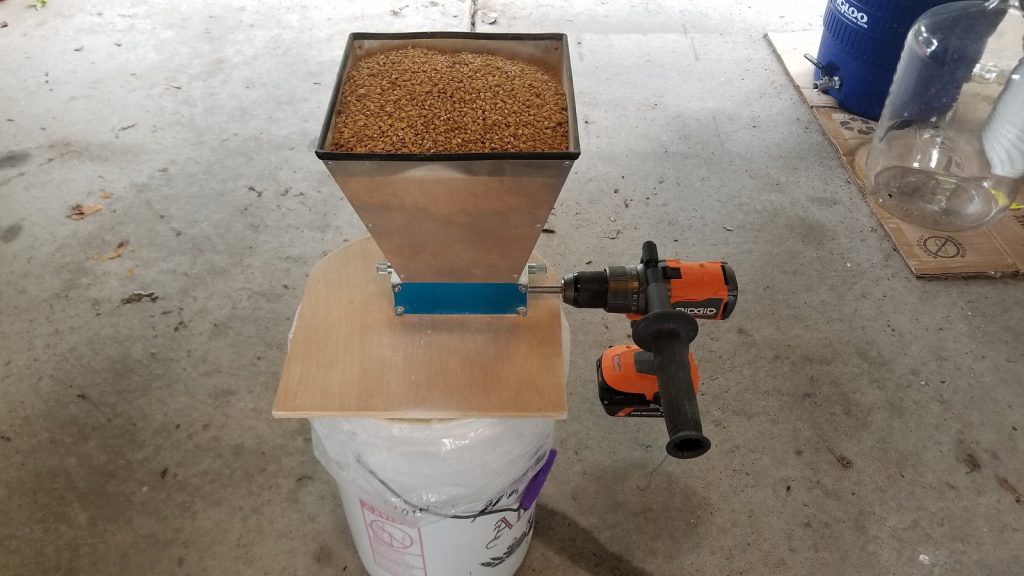
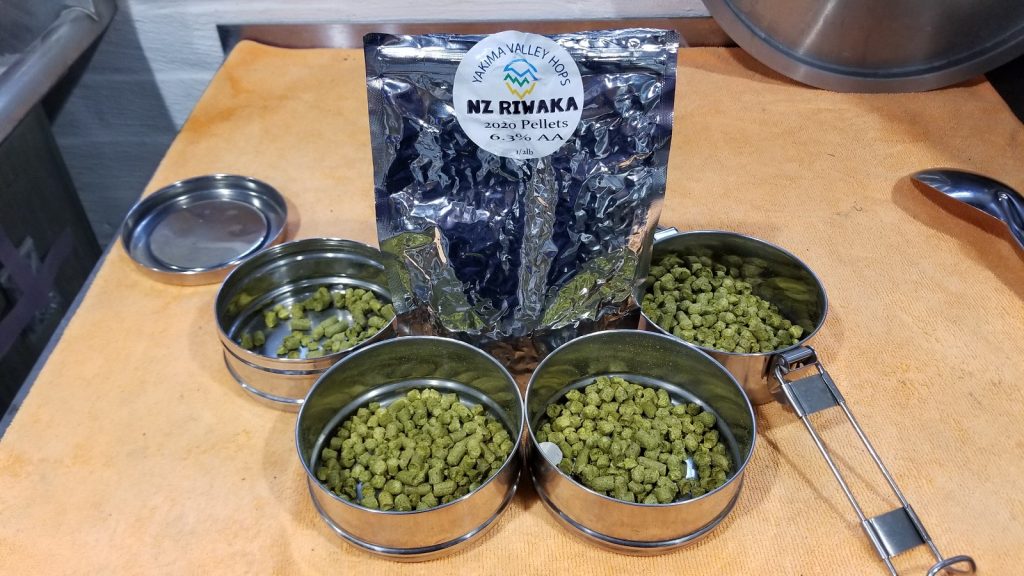
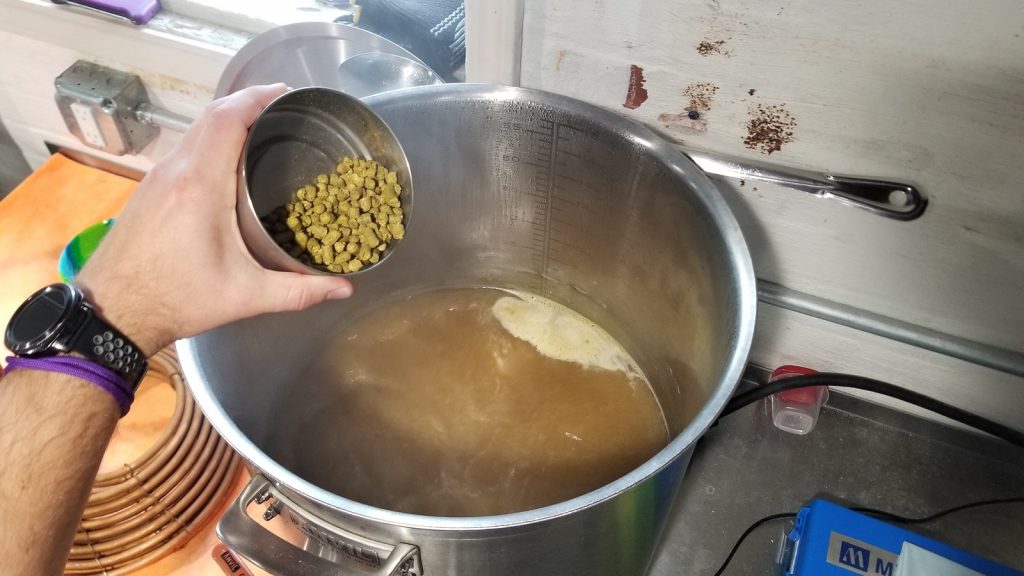
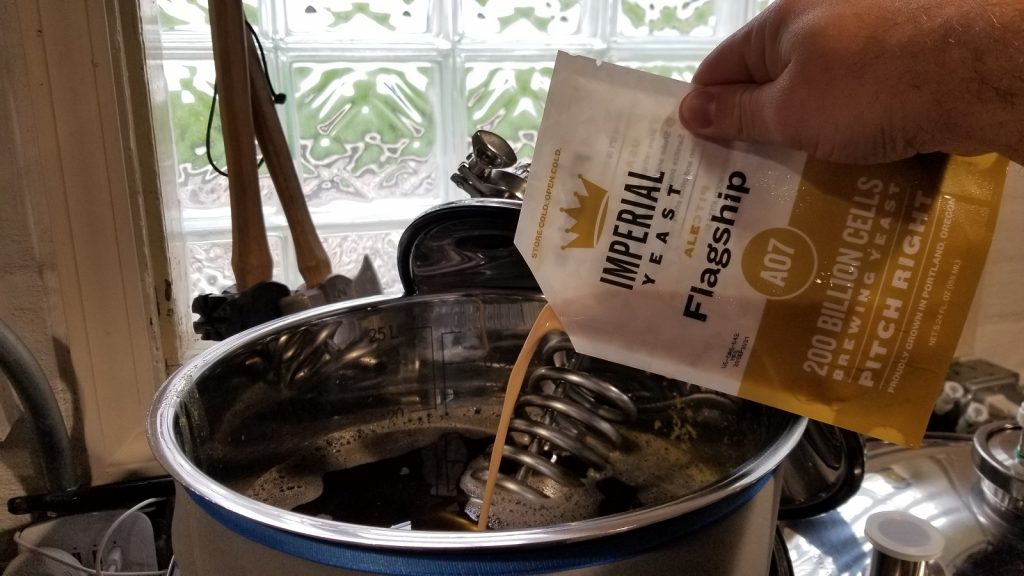
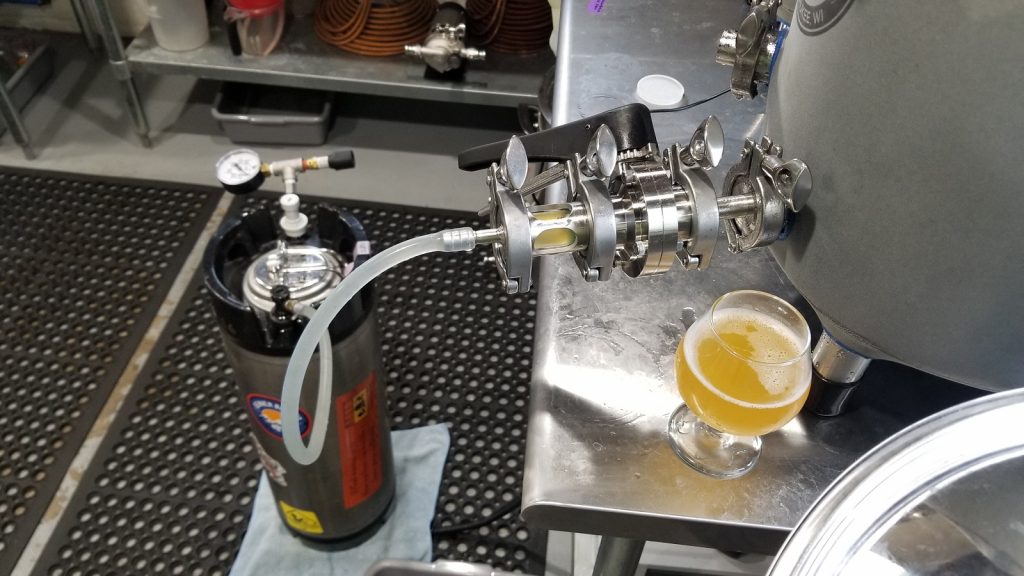
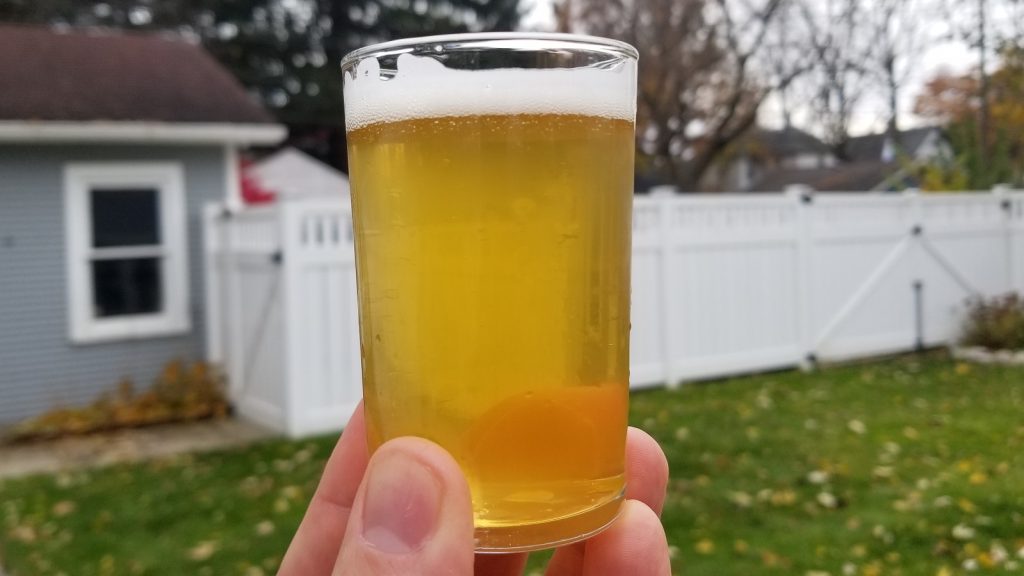

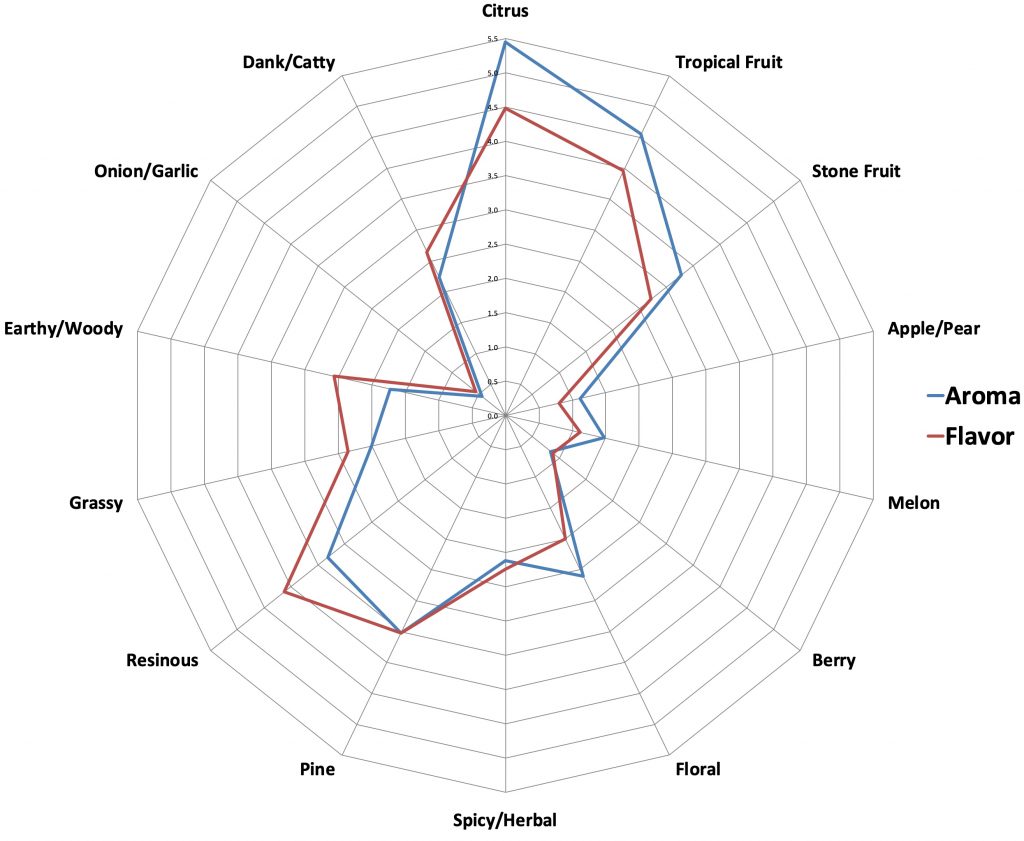
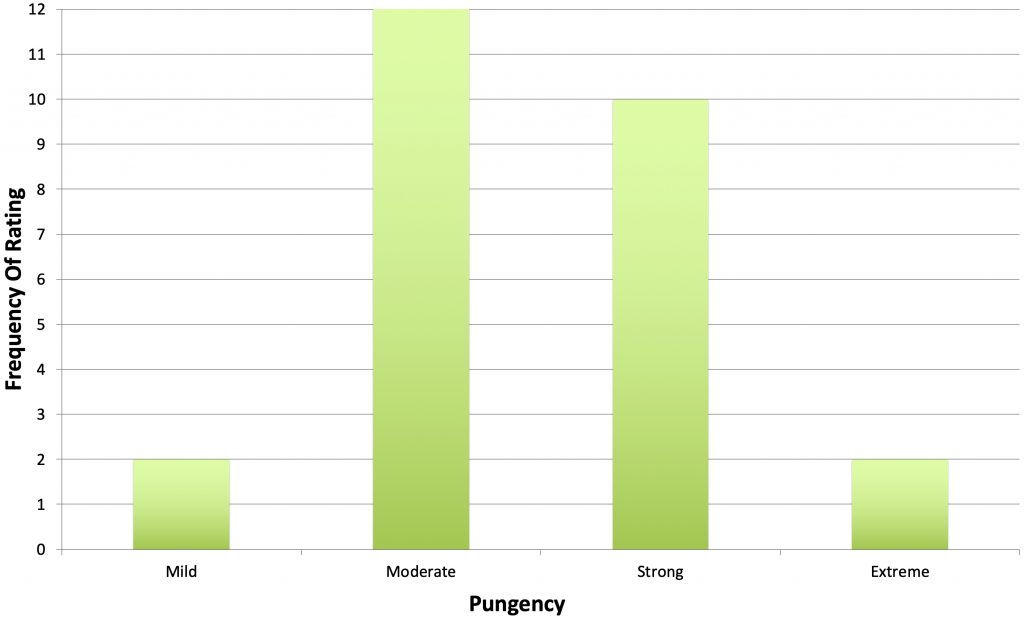
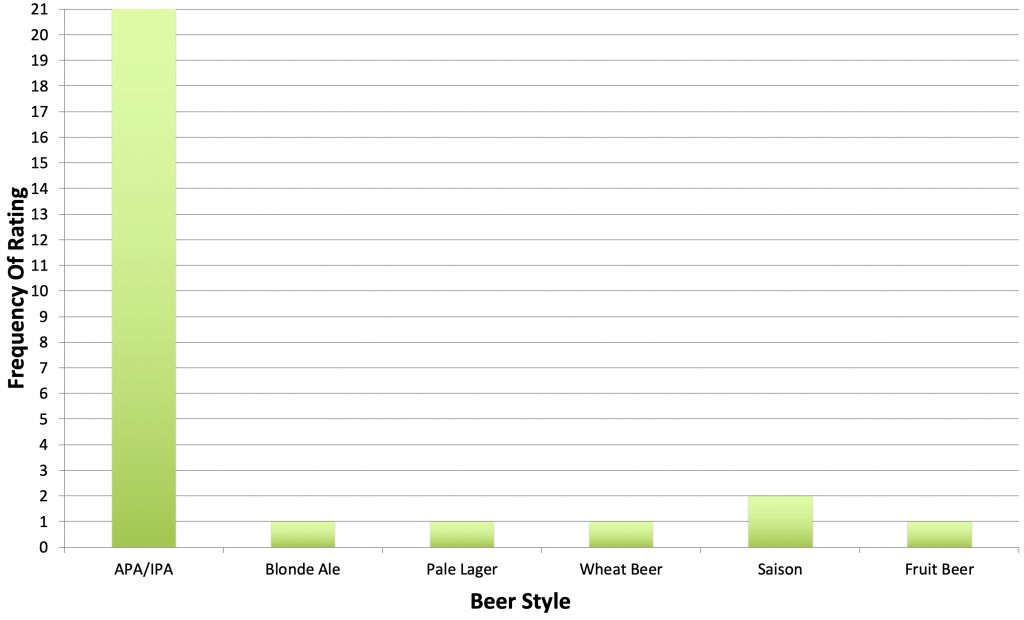
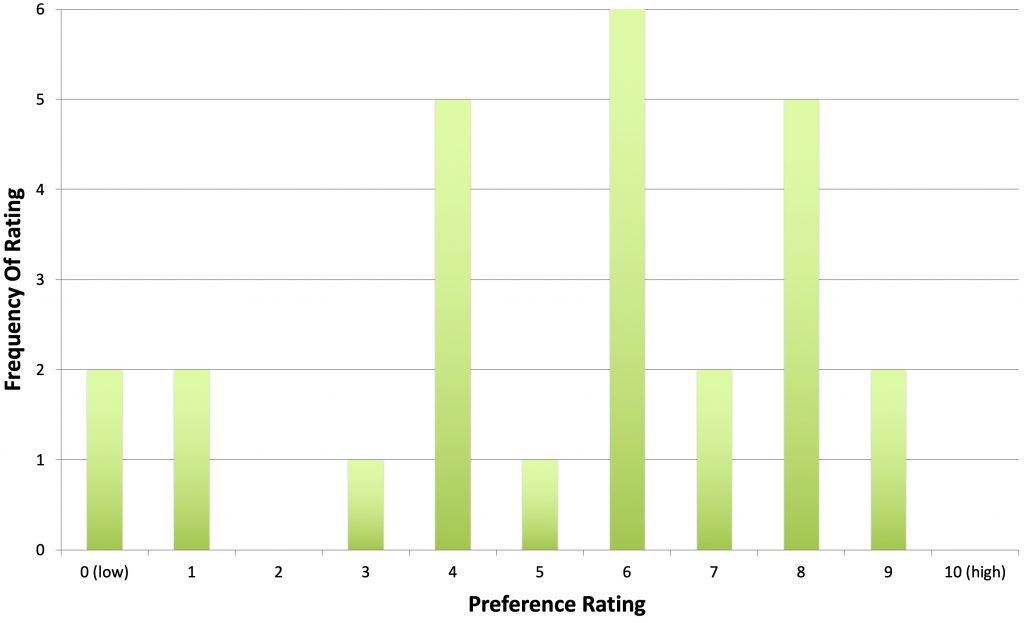











4 thoughts on “The Hop Chronicles | Riwaka (2020) Pale Ale”
Very nice
That was a fun experiment. I have a couple of ideas where to try this hop. (I have more time now… I was expecting to be mobbed by fans for partaking in this, but alas, it was not to be! Cheers!
I use this hop a lot in NZ Pilsners. It’s got fantastic grapefruit aroma and the Saaz parentage makes it perfectly suited for lager style beers.
Every so often NZHops asks on their Facebook page for people to nominate their favorite NZ hop. Riwaka wins easily every time.
I reckon this hop could easily have been as big in the international market as Nelson, or the Nectaron they are pushing so hard. I’ve heard Riwaka is trickier to grow since the bines snap easily, so are more susceptible to wind damage.
I suspect this is why, even though it’s such a highly regarded hop, it was never pushed much internationally.